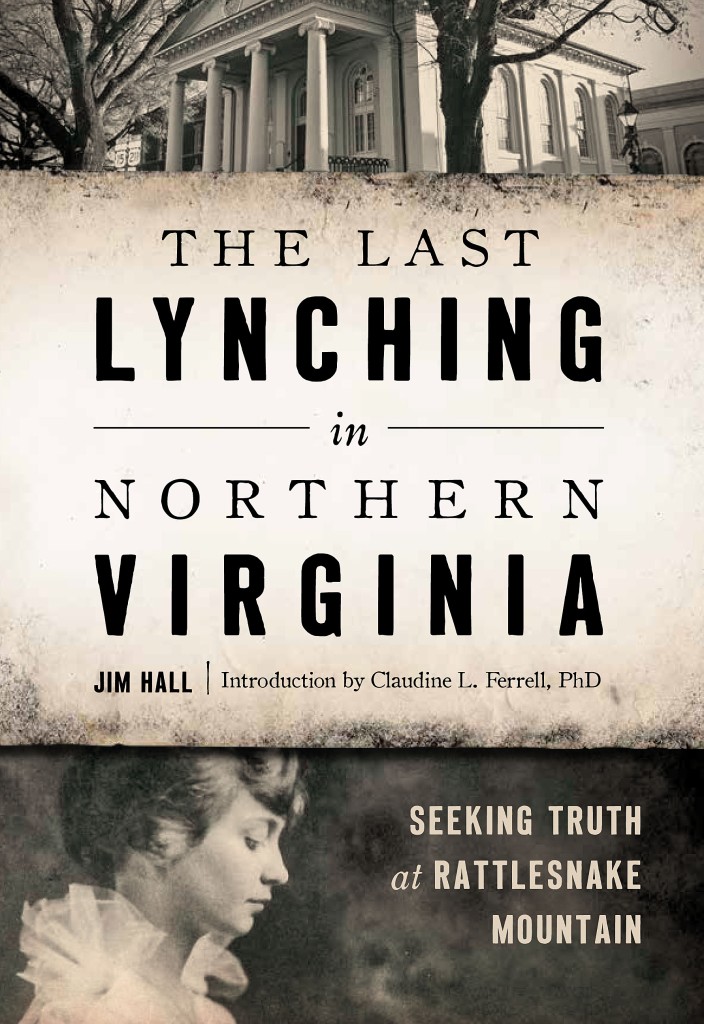Available now

Condemned for Love in Old Virginia: The Lynching of Arthur Jordan by Jim Hall was published by History Press on July 17, 2023. It’s now available from all major vendors (History Press, Amazon, Barnes & Noble).
The book tells the story of the romance of Arthur Jordan and Elvira Corder, which would have been unremarkable in another time and place. But in 1880 Virginia, it was doomed.
Condemned for Love in Old Virginia: The Lynching of Arthur Jordan is a tale of temptation and loss, of love pursued in a time of hate, of concealment and disastrous disclosure. It raises questions about family, honor, and law in post-Reconstruction Virginia. It describes a conflict between genders and generations and illustrates the casual dehumanization of the other. Most importantly, it highlights the practice of lynching and the evil of racism, issues that are still with us.
Upcoming Events
Aug. 18, 2024, 10:30 a.m. – Talk for the members of the Unitarian Universalist Fellowship of Fredericksburg, 25 Chalice Circle, Fredericksburg, Va. 22405
The Last Lynching in Northern Virginia: Seeking Truth at Rattlesnake Mountain by Jim Hall was published by History Press on Sept. 12, 2016. You can order a copy at all major booksellers (History Press, Amazon, Barnes & Noble).
The book tells the story of Henry and Mamie Baxley, a white couple, who were attacked in the middle of the night in their bedroom by Shedrick Thompson, a black man who worked for them. The Last Lynching in Northern Virginia: Seeking Truth at Rattlesnake Mountain pieces together what happened that night and weeks later when Thompson’s body was found hanging from a tree a few miles away on Rattlesnake Mountain.
In recounting the events from that hot summer of 1932 in Fauquier County, author Jim Hall describes Thompson’s death as Virginia’s last recorded lynching. He examines the official cover-up that allowed Thompson’s murder to go unpunished. His work illustrates how Thompson’s death was but the latest chapter in Virginia’s long history of racial intolerance and violence.

“I recommend Hall’s book as a window into a time that seems like a different universe but is closer than we care to realize.”
“Lynchings, WWII and the Church” by Mark Tooley, Juicy Ecumenism (2017)